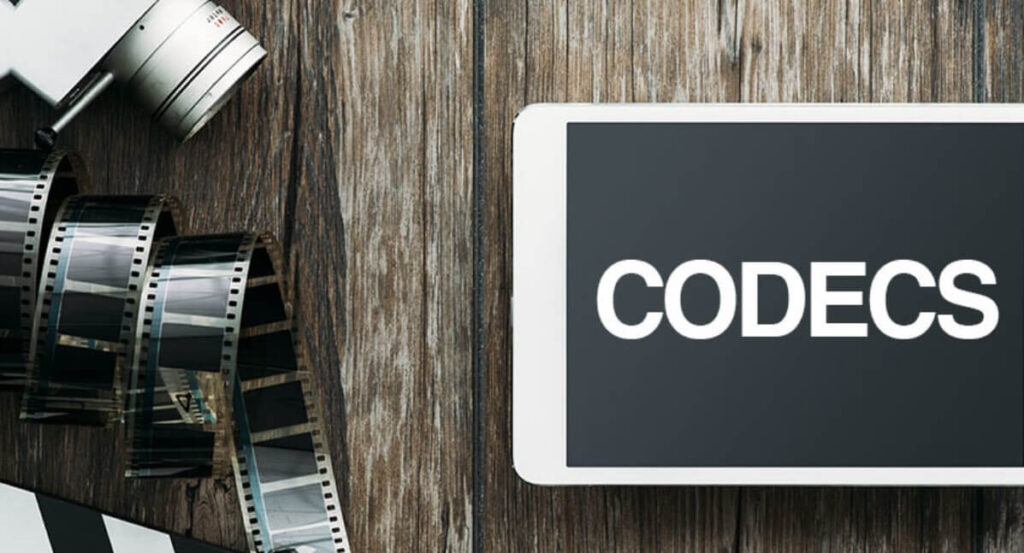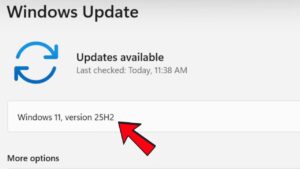You might not have heard the term “codec” before, but your business likely uses them. A codec is a program or device. It can compress data so you can transit it faster and easier from one place to another. You can also use it to decompress any data that you receive from an outside source.

We will talk about this concept in more detail in the following article. When we finish, you will understand the notion when someone mentions this term.
Why Does Your Company Use Codecs?
Let’s imagine you own or operate a company, and you’re making promotional videos for a new service or product. You will likely have to do this at some point. If you own a larger company that offers many products or services, you might have to make many videos during a given year.
The codec you use reveals your video’s details. For example, you might have a video you shoot that you want to post on your company’s website, or else you might feature it on YouTube or elsewhere.
Whenever you get ready to post that video, the platform you use will need to read it. That means it briefly examines your video’s data to ensure it can display it in the best way possible.
If you didn’t use a codec to compress the video’s raw data, such as pixel length and width, color info per pixel, frames per second, etc., that video’s data would overwhelm the platform. It’s simply too much information for any platform to handle, except perhaps for highly specialized ones that you likely wouldn’t want to use.
Computer scientists came up with the codec idea years ago to quickly compress a file’s data so you can easily present it on a common platform. Codec means compressor-decompressor.
Do Only Videos Have Codecs?
Videos have codecs, but so do other files. With video, if you are talking about its codec, you would express that as VP8, Cinepak, MPEG-2, and others.
You will also quickly discover that images have codecs. You might express one as PNG, GIF, or JPEG. Even audio files have codec elements. You would describe an audio file’s codec as AAC, MP3, and others.
How Do You Use a Codec?
If you click on a video to watch it, you’re using a codec to unpack that video. The brief buffering process you see involves the player you’re using reading the codec to see if it can process it.
You can use a codec to play a video file, but you can also use it to create one. If you’re a little more tech-savvy, you can grasp how to do this. It’s not as difficult as you may think if you exercise patience and are willing to learn.
You can use a video’s codec, or one for an image or audio file, to send that media from one place to another. For example, if you send someone a movie MP3 as an email attachment so they can watch it on their laptop or desktop, you’re using a codec, even if you don’t realize it.
How Else Can You Use One?
Most people use codecs without ever thinking about it. If you want to learn more about them, though, you’ll soon find out that you can edit video files, or visual or auditory ones, by changing the codec’s essential elements.
For example, maybe you want to play a video, but it’s in MPEG-2 mode, and your device’s player won’t play it unless you convert it to VP8 or Cinepak. You can put the file through the necessary transition process and then watch it without any issues.
If you’re making promotional videos, or audio files or images, for that matter, you want to make sure you have them in the correct codec form before you let the public access them. If you use the wrong format and the public can’t see or hear them, that will frustrate them.
You’ve likely experienced this at some point. Maybe you went to a company’s website, and you saw a broken image on the landing page or one of the product pages. That means something corrupted the file.
This happens in various ways, but maybe the unpacking process on the file transfer’s back end caused it. If so, you need to fix the issue, or no one can access that file’s content.
Once you realize this, it’s easy to see why you need to understand some codec basics as a business owner.





